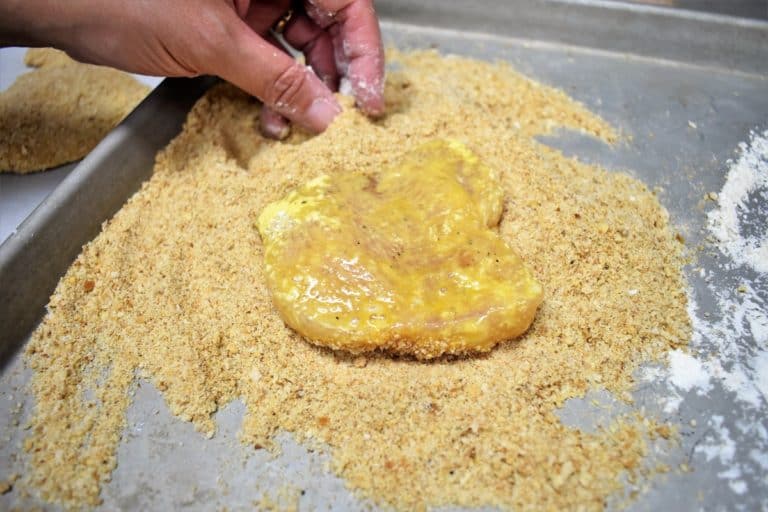

/dredging-chicken-drumstick-in-flour-09a132a7-1ab3035297d543de8bedb72c9080ea3c.jpg)
"I only cook when I have to, and as soon as a recipe calls for dredging, I'm out. She had noticed that I'd taken night classes at the International Culinary Center, and it sounded like she wasn't too thrilled about it. "Yes, it's my ultimate source of stress relief.just like reading!" I said, smiling in a way I'd hoped was charming, but given my nerves, probably looked more like a snarl. (It shouldn't surprise you, then, that I did not get this job.) I'd applied to be the assistant to a literary editor, and I'd brushed up on the New York Times Bestseller list, crammed fiction trivia like I was prepping for Hemingway's version of the SATs, but seconds after sitting down in my itchy, poly-blend blazer, she hit me with a question that caught me totally off-guard: "Do you actually enjoy cooking?" Yes, a job interview-for a gig that had absolutely nothing to do with cooking. It is important not to heavily coat the food, but simply apply a light, even coating that will insure that the food achieves a golden brown appearance and a tasty coating when cooked.My chicken-breading "Aha!" moment came to me during a job interview a few years ago. The food should be dredged through the flour on all sides, providing an even coating over the entire piece of food.

This procedure enables each piece of food to be prepared with the desired amount of seasoning, rather than relying on the seasoning to be evenly distributed in the coating mixture. An alternative method is to first apply any seasonings, such as salt, pepper, herbs, or spices to the food and then dredge the food in flour. All of the dry ingredients can be mixed together and then the food can be dredged through the mixture. The food should first be lightly dried before dredging. The dry ingredients should be placed on a food mat or in a shallow pan, which makes the dredging process easier. The coated food should not remain sitting too long before cooking, which could make the coating soggy, preventing the food from cooking effectively. There are several reasons for dredging: the coating applied to the food acts as a barrier that keeps the food from sticking to the pan as it cooks it enables the exterior of the food to become crisp and darken evenly without burning and it prevents the food from becoming tough-textured.ĭredging should occur just before cooking. Fish fillets, boneless poultry, pork cutlets, and veal cutlets are some of the foods that are often dredged in dry ingredients before cooking.

For example, chicken pieces can be dredged through flour, herbs, spices, or breadcrumbs so the pieces achieve a browned, crispy coating after being cooked. Flour is the most common dredge used, but other ingredients can be used as well. There are several reasons for dredging: the coating applied to the food acts as a barrier that keeps the food from sticking to the pan as it cooks it enables. The process of pulling foods through dry ingredients to coat them before cooking.


 0 kommentar(er)
0 kommentar(er)
